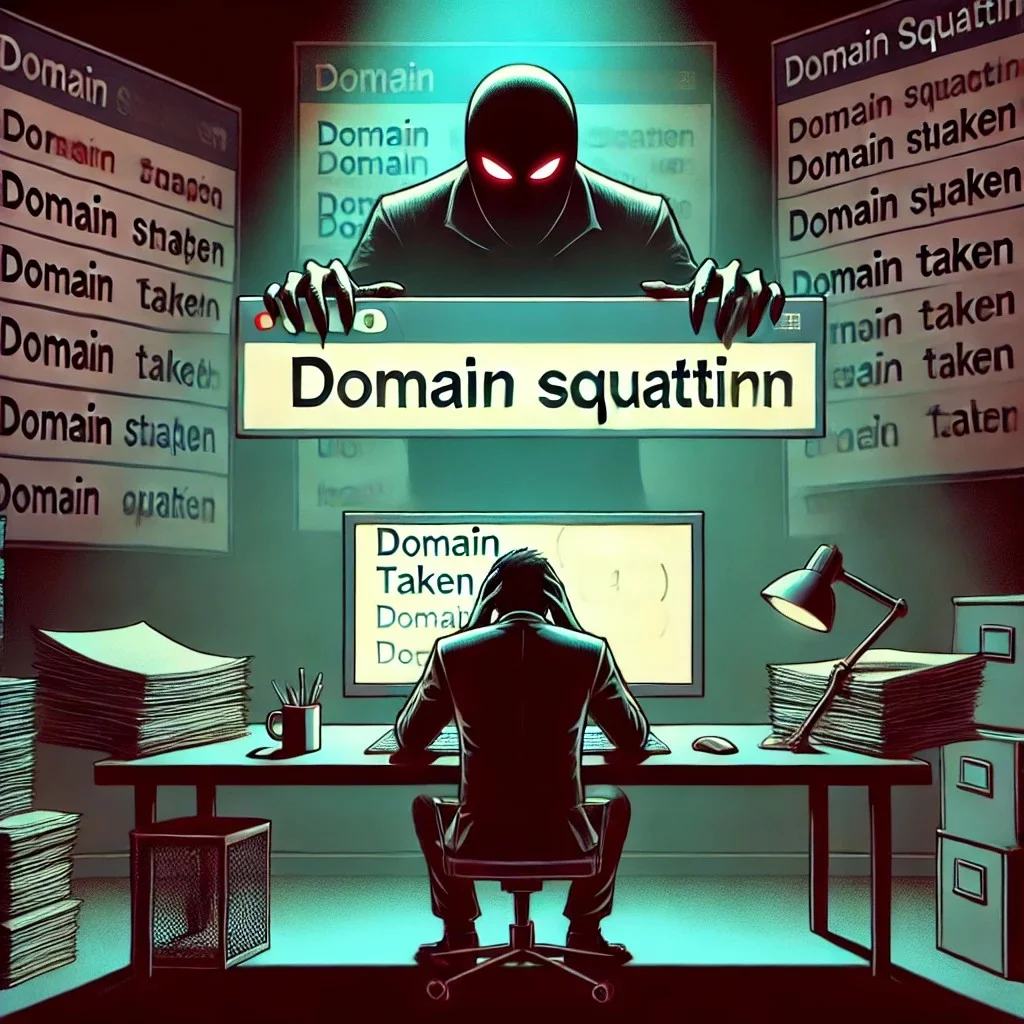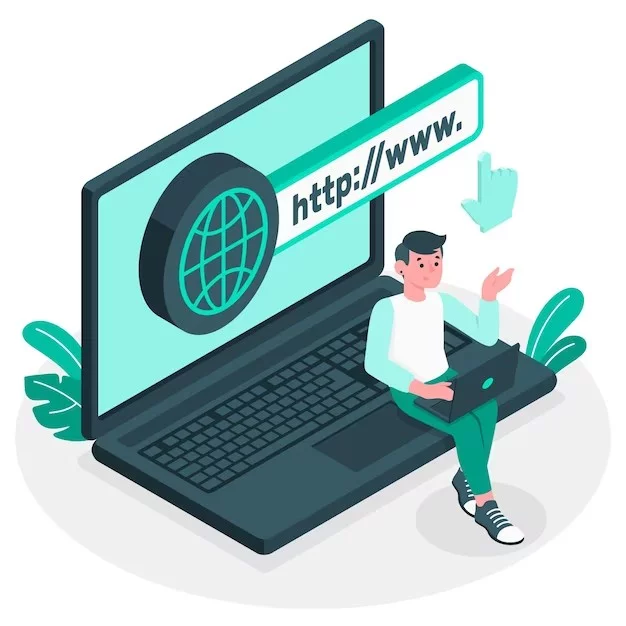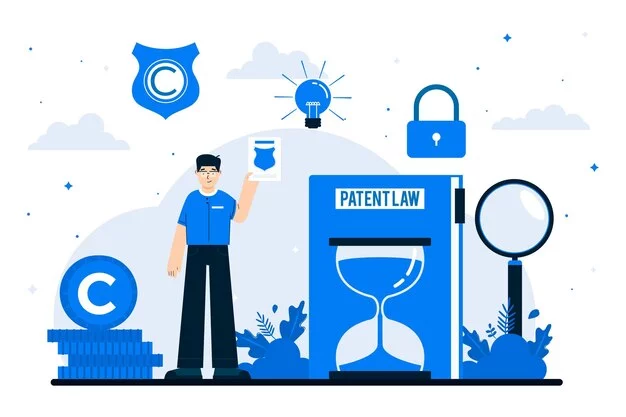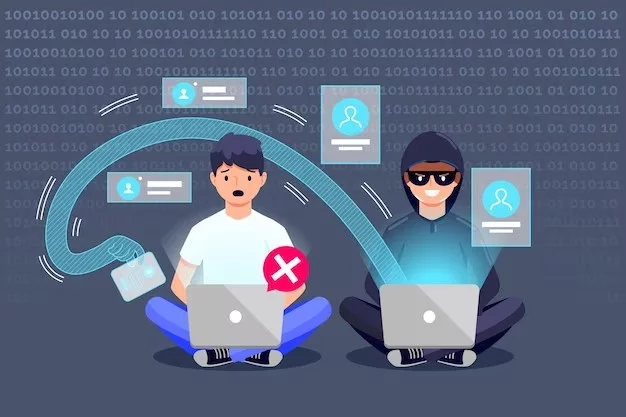In the digital age, domain names have become a form of real estate with immense value. Much like prime locations in the physical world, coveted domain names are highly sought after in the online landscape. This digital real estate has sparked a contentious practice known as domain squatting, or cybersquatting, which presents considerable obstacles for legitimate website owners.
Understanding Domain Squatting

Domain squatting, also referred to as cybersquatting, involves the registration, trafficking, and exploitation of domain names with the intent to profit from the goodwill associated with someone else’s trademark or brand. Cybersquatters typically target popular or recognizable domain names, including those linked to well-known companies, celebrities, or trending topics. They exploit the inherent value of these domain names by either reselling them at inflated prices or using them for deceptive or harmful activities.
Cybersquatters leverage the uniqueness of each domain name, treating them as valuable assets. They often register domain names that closely resemble existing trademarks or brands to exploit potential confusion among internet users.
For instance, they might secure a domain like “BrandXYZstore.com” to mislead customers seeking the authentic “BrandXYZ” website. Such tactics can lead to lost traffic, reputational harm, and significant financial losses for the legitimate brand.
Examples of Domain Squatting
1. Typosquatting
Typosquatting is a prevalent form of domain abuse where attackers register misspelled variants of popular domain names, such as “whatsalpp.com” in place of “whatsapp.com.” The goal is to exploit users’ typing errors or trick them into thinking they are visiting the correct site.
Common techniques include creating domain names that are just one character away from the original, capitalizing on the most frequent and overlooked typographical mistakes. For an in-depth analysis, readers can refer to academic research on the prevalence and malicious uses of typosquatting.
2. Combosquatting
Combosquatting involves combining well-known trademarks with additional terms like “security,” “payment,” or “verification.” Domains such as “netflix-payments.com” are often used in phishing scams, fraudulent websites, and social engineering attacks.
These domains aim to deceive users into believing they are interacting with legitimate content associated with the trademark. For a detailed examination, see this longitudinal study on combosquatting.
3. Homographsquatting
Homographsquatting exploits internationalized domain names (IDNs) by using visually similar characters from other languages. For instance, a domain like “microsofŧ.com” replaces the English letter “f” with the Cyrillic letter “ф,” making it look identical to “microsoft.com.”
This technique can deceive users because the domains appear identical in visual appearance. Academic research papers on IDNs provide further insights into this type of squatting.
4. Soundsquatting
Soundsquatting relies on homophones—words that sound alike. Attackers might register domain names that are phonetic variants of popular domains, such as “4ever21.com” instead of “forever21.com.” As text-to-speech technologies like Siri and Google Assistant become more common, users are increasingly vulnerable to these sound-based deceptions. For more information, consult academic research on soundsquatting.
5. Bitsquatting
Bitsquatting involves registering domains that differ by a single bit from legitimate ones, such as “micposoft.com” instead of “microsoft.com.” This method takes advantage of rare hardware errors that can cause random bit-flips in memory where domain names are temporarily stored.
Although such errors are infrequent, they can still lead users to malicious sites despite their correct domain entry. Research on the real-world implications of bitsquatting is available in academic literature.
6. Levelsquatting
Levelsquatting occurs when attackers register domains that include the target brand’s domain name as a subdomain, such as “safety.microsoft.com.mdmfmztwjj.l6kan7uf04p102xmpq.bid.” Users might be misled into thinking they are visiting “safety.microsoft.com,” when in fact, they are on a fraudulent site.
This technique is particularly concerning for mobile users, where the address bar might truncate the full domain name. A comprehensive study of levelsquatting can be found in academic research papers.
Implications of Domain Squatting:
| Industry | Impact | Statistics |
|---|---|---|
| Retail and E-commerce | Issues with domain squatting can lead to confusion and loss of sales. | 64% of domain squatting incidents in 2020 were related to this industry (MarkMonitor) |
| Technology | High brand value and new products attract squatters, affecting brand reputation. | 25% of domain dispute cases involve technology and software companies (WIPO) |
| Entertainment and Media | Problems with brand reputation and marketing due to squatters capitalizing on popular releases. | 15% of domain squatting cases involve the entertainment industry (ACPA) |
| Pharmaceuticals and Healthcare | Misleading information or counterfeit products can result from domain squatting. | 20% of problematic domains registered in 2023 were related to this sector (NABP) |
| Financial Services | Exploitation of consumer trust through fraudulent sites mimicking legitimate banking services. | 18% of domain squatting incidents involve financial services (FS-ISAC) |
| Education | Confusion or misrepresentation of educational institutions or online platforms. | About 10% of domain dispute cases involve educational institutions (ICANN) |
Domain squatting, or cybersquatting, can significantly affect individuals and businesses. Understanding these implications is crucial for recognizing the importance of protecting your domain name from cybersquatters. Here are some key implications of domain squatting:
1. Negatively Impacts the Brand Reputation:
Cybersquatters often target well-known brands or trademarks to exploit their reputation and goodwill. Registering similar domain names can confuse customers and harm the brand’s reputation of target domains. When unsuspecting users visit a cybersquatter’s website, they may encounter misleading information, counterfeit products, or fraudulent activities.
2. Diverts the Web Traffic:
Cybersquatters aim to divert web traffic intended for a legitimate website to their site. Registering a domain name similar to a popular brand or a trending topic attracts users who mistype or misspell the intended domain. This can result in lost visitors, potential customers, and revenue for the legitimate brand. Redirecting web traffic to unauthorized or competing websites may also lead to customer confusion and dissatisfaction.
3. Causes Financial Loss:
Cybersquatters often engage in activities to generate revenue from their registered domain names. They may display pay-per-click advertisements, sell counterfeit products, or engage in fraudulent transactions.
This results in financial losses for both the legitimate brand, as customers are misled into engaging with the cybersquatter’s website instead of the intended one, and for the unsuspecting users who fall victim to scams or purchase counterfeit goods instead of the targeted domain.
4. Legal Consequences:
Domain squatting can lead to disputes and costly legal proceedings. The legitimate brand may need legal action to reclaim its domain name or seek damages from the cybersquatter. This process can involve filing complaints under the Uniform Domain-Name Dispute-Resolution Policy (UDRP) or pursuing legal action through trademark infringement lawsuits.
5. Leads to Confusion for the Consumers:
Cybersquatters often use deceptive tactics to exploit unsuspecting users. They may create websites that mimic the look and feel of the legitimate brand’s site, leading users to disclose personal information or engage in fraudulent transactions. This puts consumers at risk of identity theft, financial fraud, or other cybercrimes.
Proactive Measures for Your Website Against Domain Squatting

To safeguard your domain from domain squatters, it’s crucial to take a proactive and comprehensive approach. Implementing the following strategies will significantly enhance your domain’s security and integrity:
1. Register Multiple Domain Variations

- Common Misspellings: Secure domain names that include common typographical errors or variations of your brand name. This strategy prevents squatters from taking advantage of mistakes that potential customers might make.
- Different Domain Extensions: Register a range of domain extensions (e.g., .net, .org, .co) to ensure that squatters cannot acquire similar names with alternative extensions, thereby misleading your customers.
- Relevant Keywords: Consider registering domains with relevant industry keywords or phrases. This helps capture traffic from related searches and prevents squatters from using keyword-rich domains to their advantage.
By addressing these areas, you create a buffer that protects your brand’s digital presence from squatters.
2. Secure Trademarks and Intellectual Property
- Conduct a Comprehensive Trademark Search: Before registering your domain name, perform a thorough search to ensure it does not infringe on existing trademarks. Use trademark and domain registration databases to identify similar names and potential conflicts.
- Register Your Trademarks: Secure your brand name, logo, and other distinctive marks with trademark authorities. For international protection, consider registering your trademarks in countries or regions where you do business.
- Monitor Domain Registrations: Regularly review domain registration databases for new registrations that might infringe on your trademarks. Utilize domain monitoring services to receive alerts about newly registered domains similar to your trademarks.
- Enforce Your IP Rights: If you identify a domain that infringes on your trademark, take immediate action. Contact the domain registrar or the squatter directly, and if necessary, file a complaint with the Uniform Domain-Name Dispute-Resolution Policy (UDRP).
- Maintain and Renew Your IP Protections: Keep your trademark registrations current by adhering to renewal schedules. Regularly review and update your IP portfolio to include any new trademarks or changes.
3. Strengthen Domain Registration Security

- Use Strong, Unique Passwords: Create complex passwords with a mix of uppercase and lowercase letters, numbers, and special characters. Update these passwords regularly to maintain security.
- Enable Two-Factor Authentication (2FA): Use 2FA offered by domain registrars to add an extra layer of security. This requires a second form of verification, such as a code sent to your mobile device, in addition to your password.
- Protect Your Contact Information: Ensure that the email address associated with your domain registration is secure. Use a dedicated email account for domain management and enable additional security measures.
4. Consider Privacy Protection

Opt for domain privacy protection services provided by domain registrars. These services shield your personal information, such as your name, address, and phone number, from being publicly accessible through the WHOIS database. Anonymizing your contact details makes it more challenging for cybersquatters to contact you or gather sensitive data.
5. Regularly Monitor and Protect Your Online Presence

- Regular Monitoring: Keep a close watch on social media platforms, review websites, online directories, and search engine results to detect any impersonation or brand misrepresentation.
- Enforcement Actions: Act swiftly against unauthorized use of your trademarks. This may involve sending cease-and-desist letters, negotiating settlements, or pursuing legal action if necessary.
6. Act Promptly Against Cybersquatters

- Negotiation: If you discover that a domain related to your brand is being squatted, try negotiating with the squatter to purchase the domain. A straightforward purchase may resolve the issue without the need for further legal action.
- UDRP: If negotiation is unsuccessful, consider using the UDRP, a legal framework designed to resolve domain disputes. This arbitration process can facilitate the transfer of the domain to you if it is found to infringe on your trademark.
- Legal Assistance: If you encounter domain squatters engaging in cybersquatting activities, consult legal experts to explore the available legal remedies for the targeted domains. The Anti-Cybersquatting Consumer Protection Act (ACPA) (PDF version – Official Document) provides a legal framework to address cybersquatting issues.
Domain Squatting: a Serious Threat
Domain squatting is more than just a nuisance; it’s a serious threat that can impact your brand’s reputation, revenue, and online strategy. By understanding the risks and taking proactive measures to protect your domain, you can safeguard your brand’s identity and maintain a strong online presence.
Hosting solutions like Nestify play a critical role in managing, securing, and supporting domains. By ensuring robust policies and technological solutions, hosting providers can help mitigate the effects of domain squatting and support the resolution of disputes related to domain names.
If you have more specific questions about how a hosting provider can assist with domain squatting or need details on Nestify’s policies and services related to this issue, get in touch!
FAQs on Domain Squatting
How do cybercriminals misuse squatted domains?
Cybercriminals misuse malicious domains by creating deceptive websites that imitate legitimate brands or websites. They may employ techniques like URL similarity, website design cloning, phishing pages, and social engineering to trick users into revealing sensitive information, such as login credentials and financial data.
Are there any costs associated with fighting domain squatting?
Yes, there can be costs associated with addressing domain squatting. These might include:
- Legal fees for consulting an attorney or filing a lawsuit.
- Fees for arbitration or mediation processes like the UDRP.
- Potential costs associated with recovering or purchasing the domain from the squatter.



